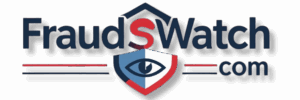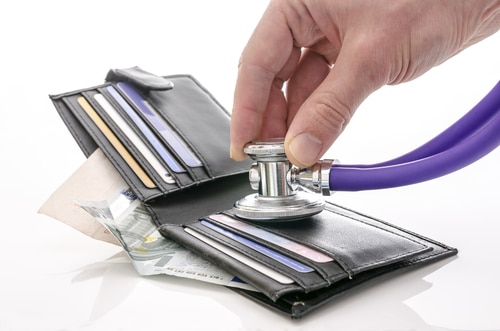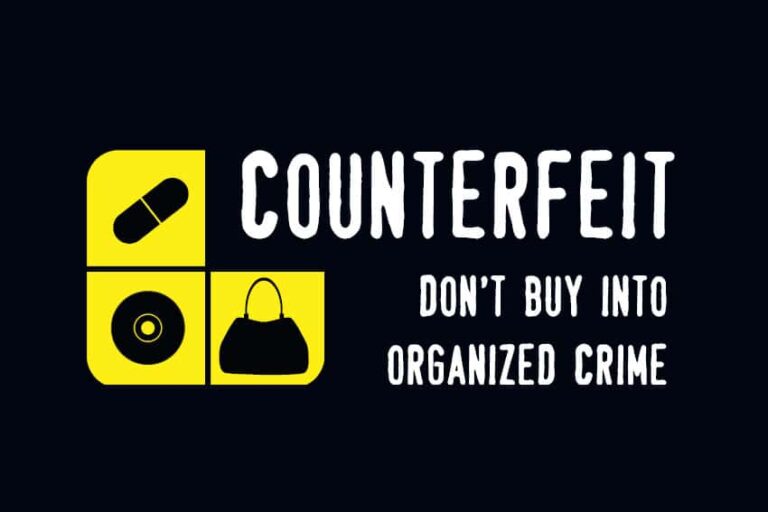Everything You Need To Know About Identity Theft
With our increasing dependence on the World Wide Web, identity theft is now more than ever a threat to all of us. There are no guarantees that we will not become the next victim of this crime. This is why the more we know about identity theft, the more equipped we will be to protect ourselves against in.
The History of Identity Theft
While identity theft is not a new crime, it has mutated over time to respond to the ever evolving technology and most importantly the World Wide Web, credit cards and ATMs.
Before the popularization of credit cards in the 1950s, stealing someone’s identity meant getting their passport, driver’s license or Social Security number. However, what made identity theft far less common in those days was the fact that a person had to be physically present at a bank branch in order to open a credit card.
Everything changed in the 1980s when the Fair Isaac Corporation invented the FICO system of credit scoring. This system rates a person’s credibility in a report which also contains other personal and financial information. When an identity thief gets a hold of that information, they are likely going to be able to access other banking and financial information. Unfortunately, with the automation of transactions and the ever more common online banking, stealing one’s identity has become easier than ever. Fortunately though, this ever increasing threat is recognized and today your maximum liability under federal law for unauthorized use of your credit card is $50.
Identity Theft Scams
The criminals specializing in identity theft are very skilled in the “craft” and constantly come up with new and improved ways to scam people just like you and I. No one is really protected because the schemes are getting more and more believable and sophisticated. The best way to find out about identity theft scams is to check out the resources on the website of the Federal Trade Commissions, the FBI, and the websites of your local Better Business Bureau or Chamber of Commerce.
Types of Identity Theft
Although there are many ways to steal an identity, below are the three more common types that everyone concerned about identity theft should know about.
Application Fraud (or True Name Identity Theft) – In this case the thief will use your personal information to open new accounts or purchase large items on credit. Most common forms of application fraud are a thief opening a credit card in your name or cell phone service. The biggest issue with this type of fraud is that it may take a while for it to be noticed. Very often people do not even realize that they have become victims of identity theft until they order a credit report and see consumer credit account that they do not recognize.
Account Takeover – in this case the thief uses your existing accounts to make purchases or withdrawals. This type of fraud is easier to notice and with the protection mechanisms many financial institutions currently have about identity theft, it is usually caught relatively efficiently. Many credit card issuers, for example, have protection mechanisms in place, such that in an event that a transaction meets their suspicion criteria, a call is generated to the credit card holder to verify the transaction was legitimate.
Criminal Identity Theft – possibly the most devastating type of identity theft, this is where the thief uses your identity and presents a counterfeit ID assuming your identity to law enforcement when questioned concerning a crime. This may seem an unlikely scenario to you but it is a form of identity theft that you should guard against.
What Identity Thieves are After
- Social Security – a gateway to all your personal information
- Date of Birth – to verify identity and confirm most transactions
- Account Numbers – to with draw money or make purchases online
- Mother’s Maiden Name – the ultimate identity verifier
- Pins and passwords – to access various accounts
- Driver’s license – to obtain fraudulent identification
How Is Your Identity Stolen
Identity Theft Online
Spyware – is type malicious software that collects information about your online activity. Spyware can come in the form of backdoor entry – which gives thieves access to your computer or keystroke logging when thieves get a log of everything you type online including passwords and account numbers. The presence of spyware is typically difficult to detect.
Phishing – is when you receive emails which seem to be coming from a reputable institution, your bank from example, asking you to update personal information. This way thieves can obtain your account numbers and other personal information
Fraudulent Sites Online – are fraudulent e-commerce sites offering various goods and services through spam or online price comparison sites. Therefore, when your purchase something online, the thieves gain access to your personal information.
Wireless Snooping – occurs when the thieves access directly your unsecured wireless network and steal your private financial information directly from your computer.
Identity Theft At Home
Mail – stealing your mail can give thieves access to bank statements, credit carsd information, auto loans etc. Make sure your mailbox is locked or opt for paperless statements from your financial institution.
- Trash – all personal information from above can be found in your trash. The solution is simple – get a shredder.
- Phone Fraud – if you receive a call from your “financial institution” notifying you that there has been fraud suspected on your account and need you to verify your personal information, suspect that it may be a fraudulent call.
- Identity Theft From Third parties – Sometimes thieves can access your information from a third party such as accessing your credit report illegally or hacking in the records of a business that has your information (stores, restaurants etc.)
How Identity Thieves Can Use Your Information
- Make purchases – usually large ticket items that can later be resold for cash
- Make withdrawals – can be done from both credit and debit cards
- Change your address – so it delays you discovering the fraudulent activity on your accounts
- Open new accounts – using your Social security, a thief can open new credit cards and/or new auto loan or other loan accounts.
- Get employment – it may sound strange but it happens often than you may think. Your identity may be used to secure employment.
- Receive Social Security payments.
- To prevent identity theft online you could take these measures:
- Ensure your Operating System is up to date
- Make sure your Browser is up to date
- Get good antivirus software
- Get anti spyware software
- Do not click on pop ups
- Be careful what you download
When using email you could take the following measures:
To protect yourself from phishing scams, do not respond to emails asking you to verity your personal information. Beware that thieves are very skilled and unfortunately they have succeeded at making those emails appear legitimate. Always use caution and suspect fraud. Keep in mind that it is highly unlikely that your financial institution will ask you for such verification via email
Make sure your antivirus software scans incoming emails.
Do not open attachments from people your do not know.
To open links that friends have sent always copy and paste the URL directly into your browser. Remember that sometimes fraudulent emails appear to come from people you know. This happens when their email accounts have been hacked.
Consider investing in encryption software to use each time you need to send personal information via email.
Follow these suggestions to protect your wireless network:
- Enable 128-bit encryption
- Change the routers default user ID and password
- Change the default Service Set Identifier (SSID)
- Disable SSID broadcasting






